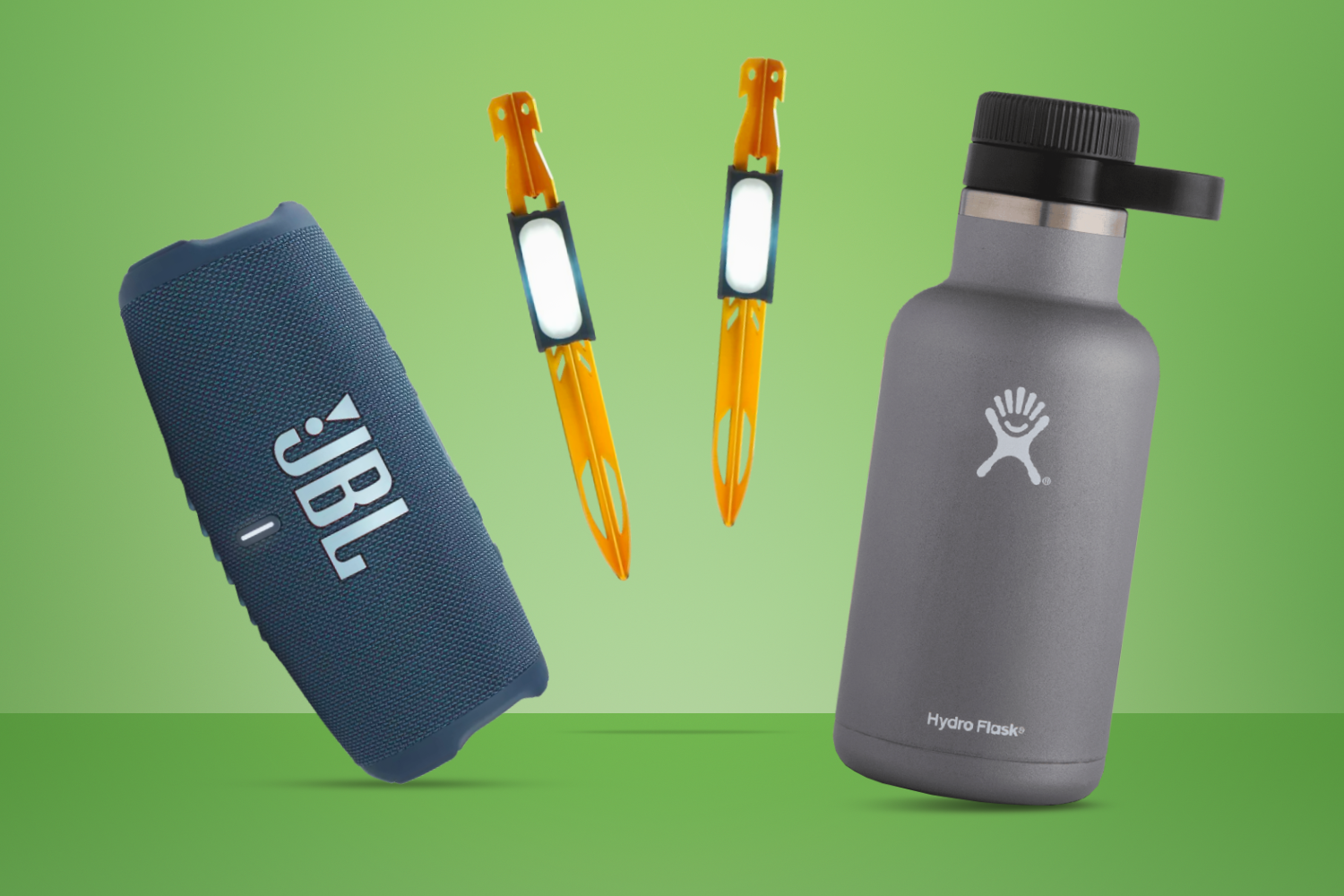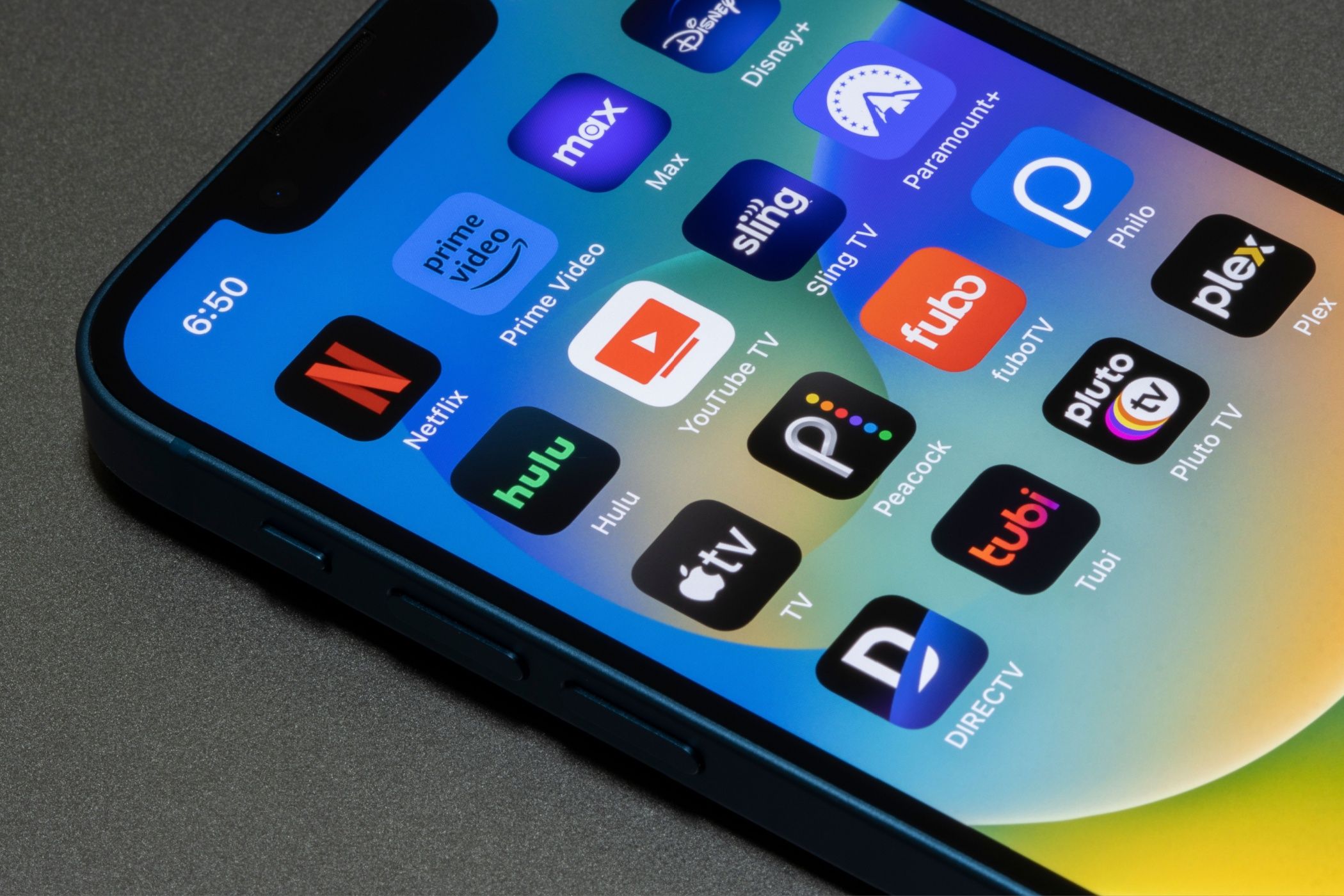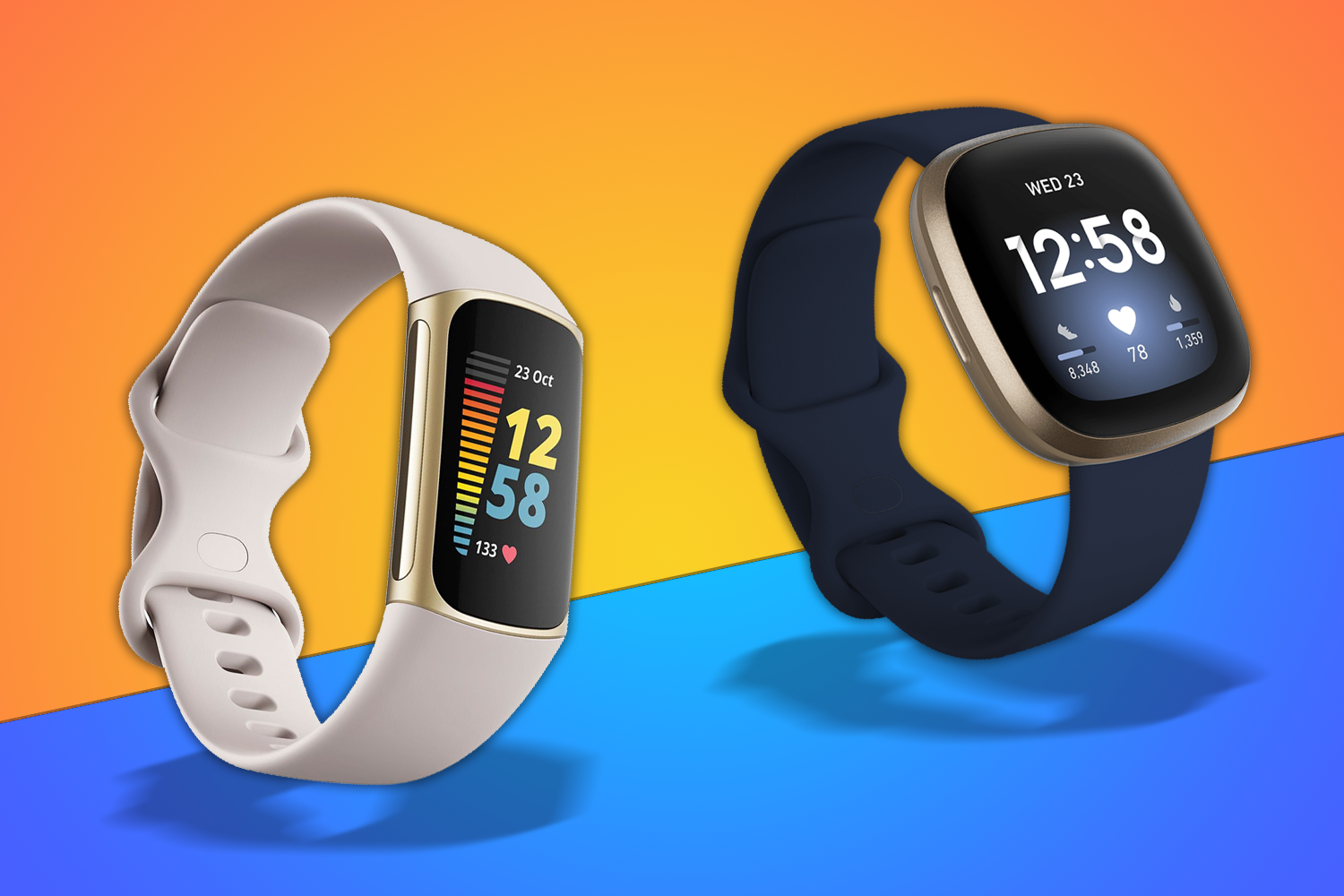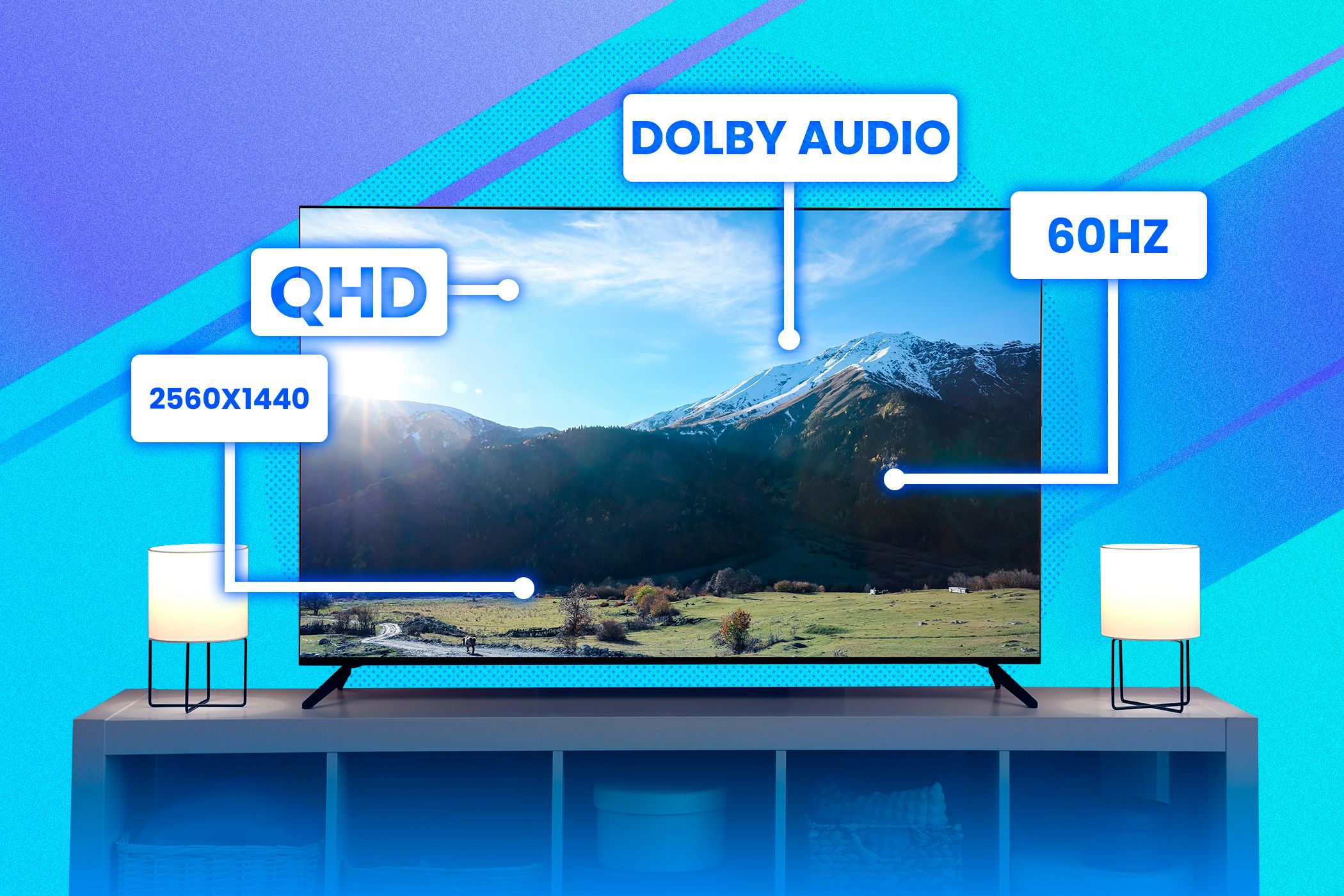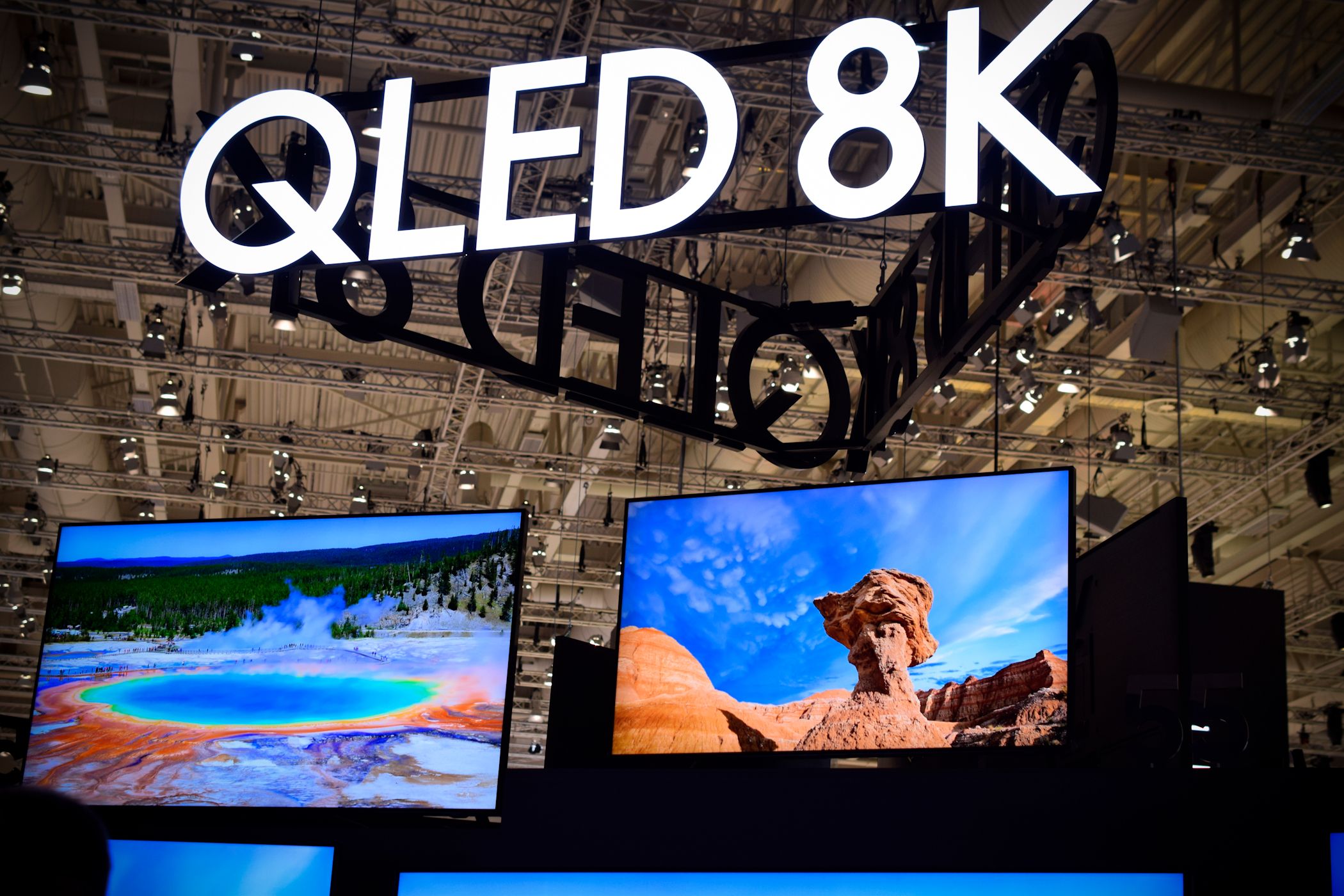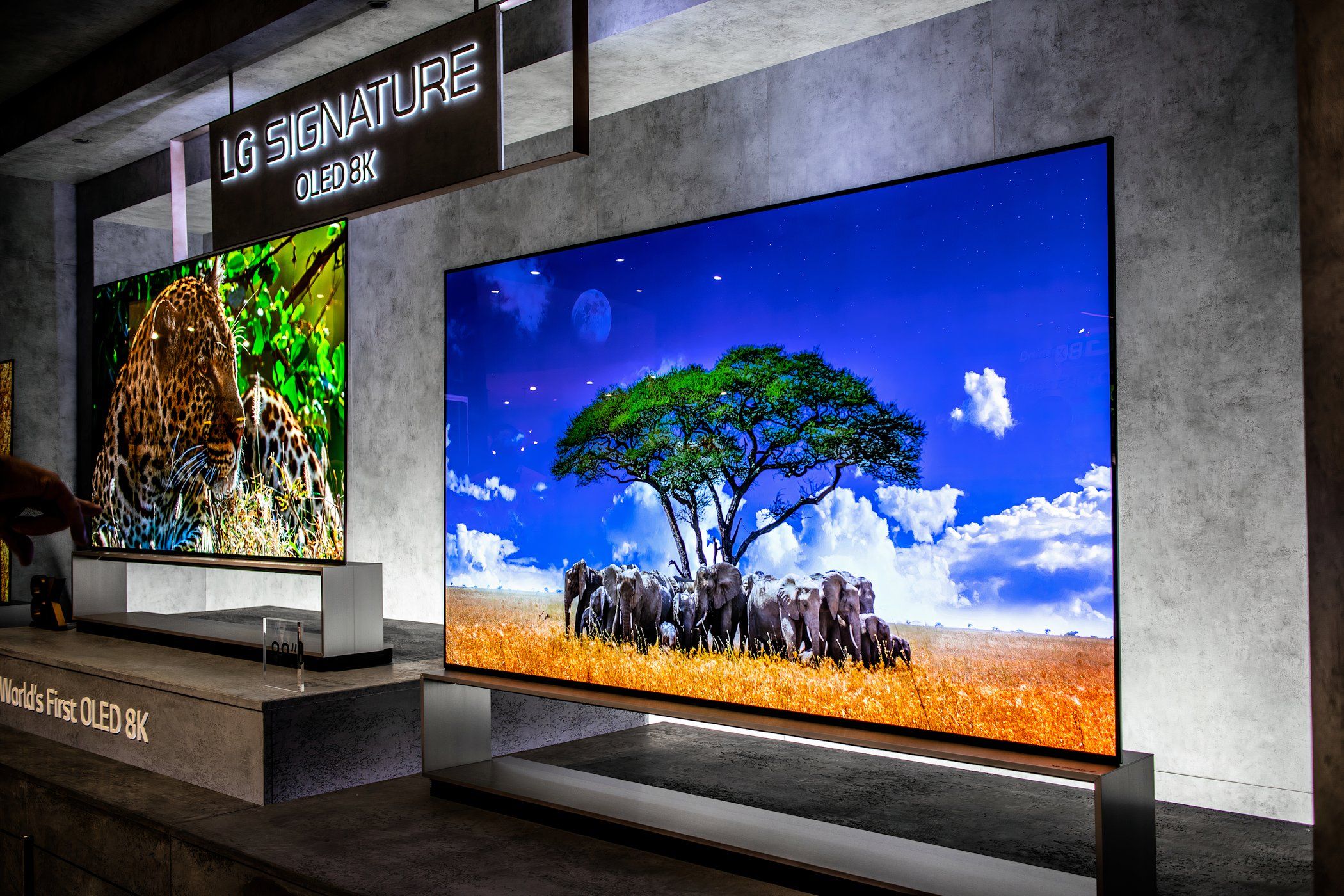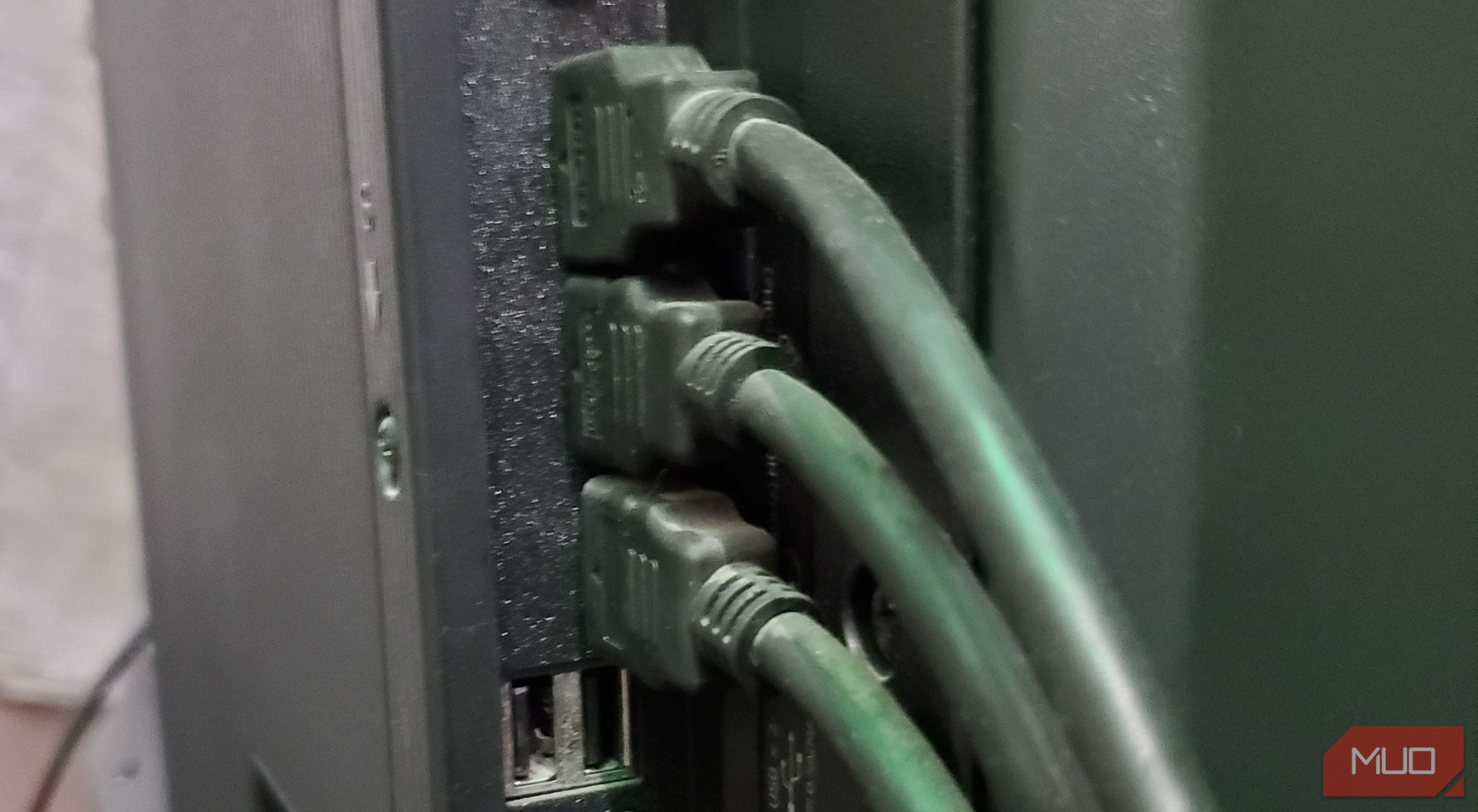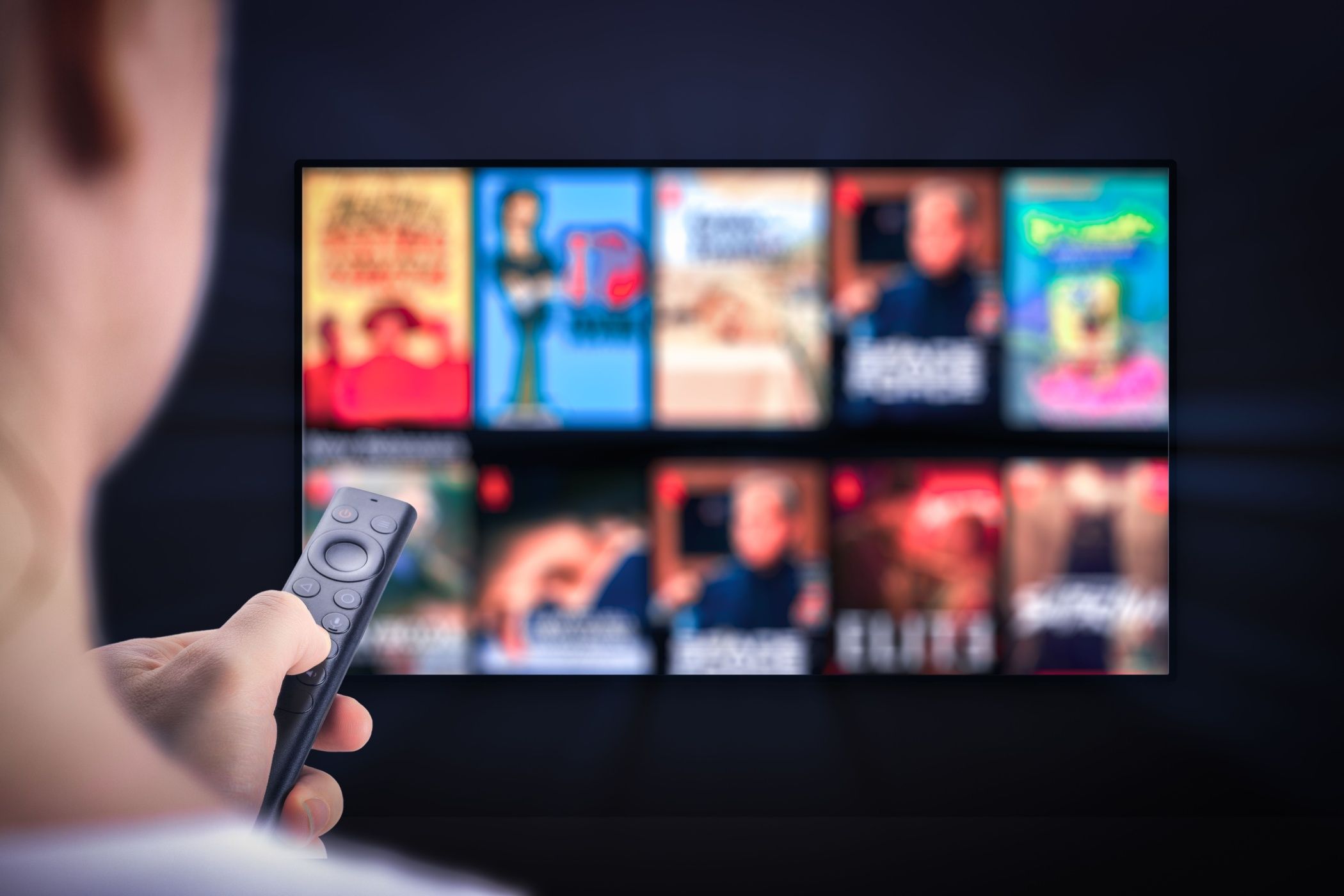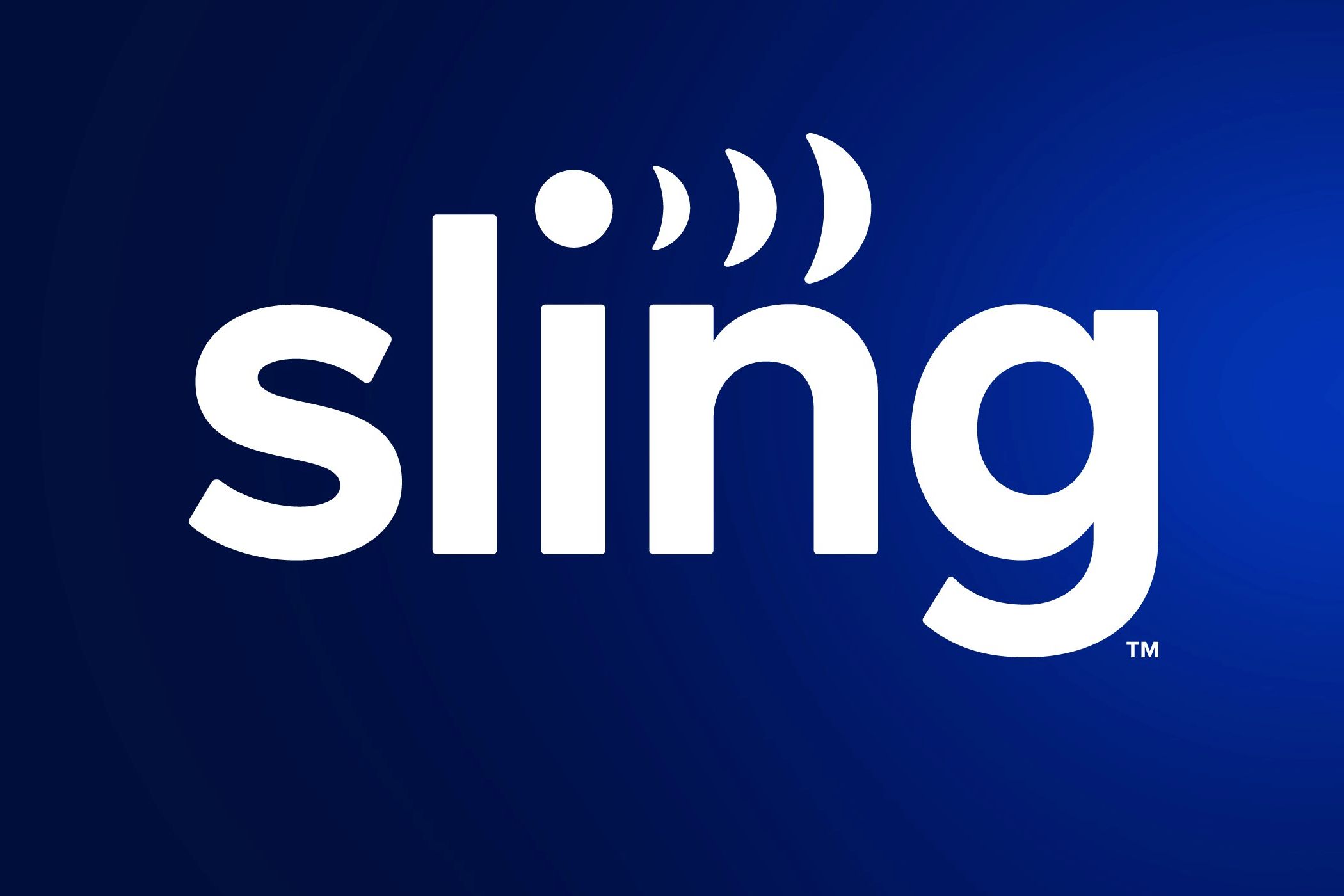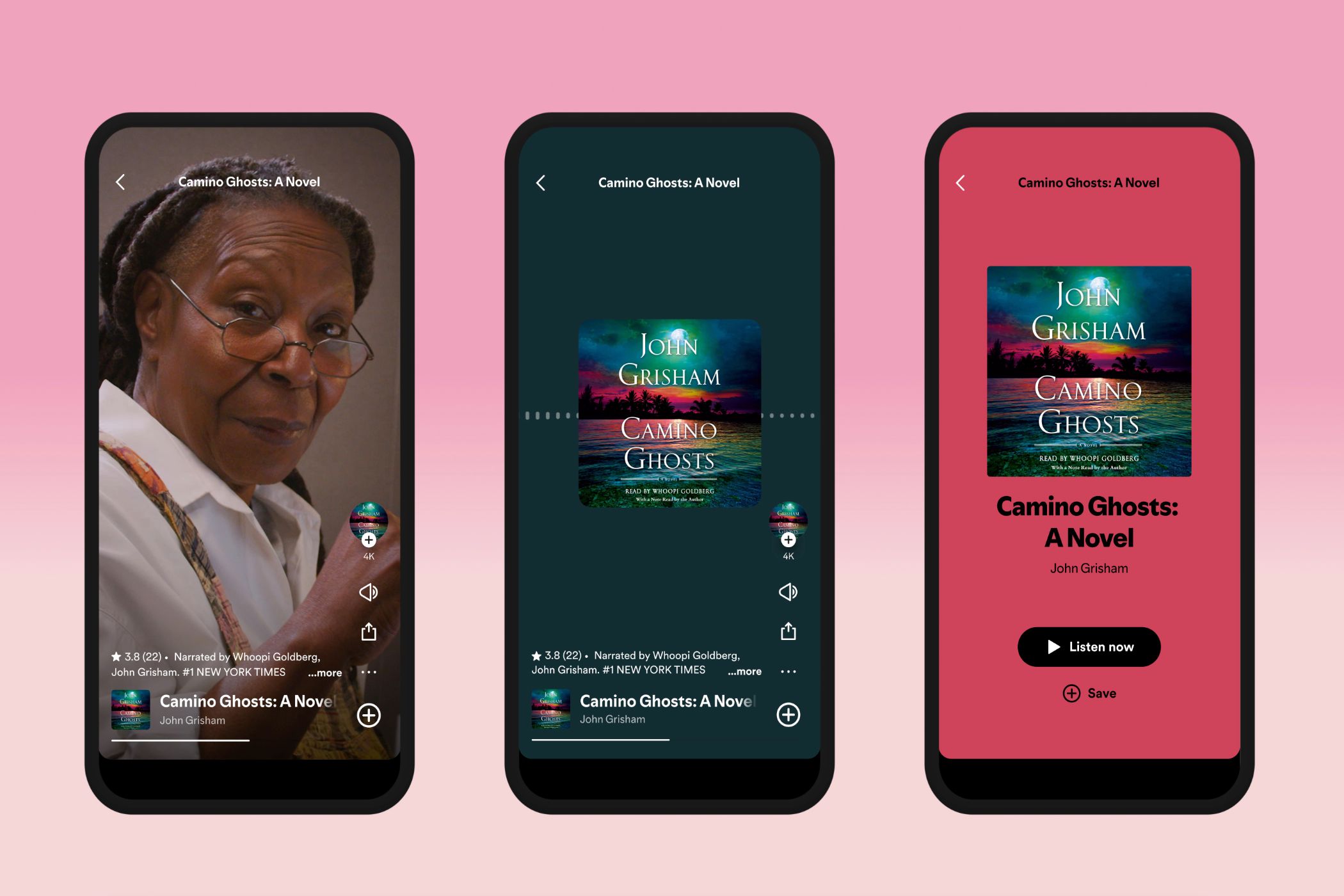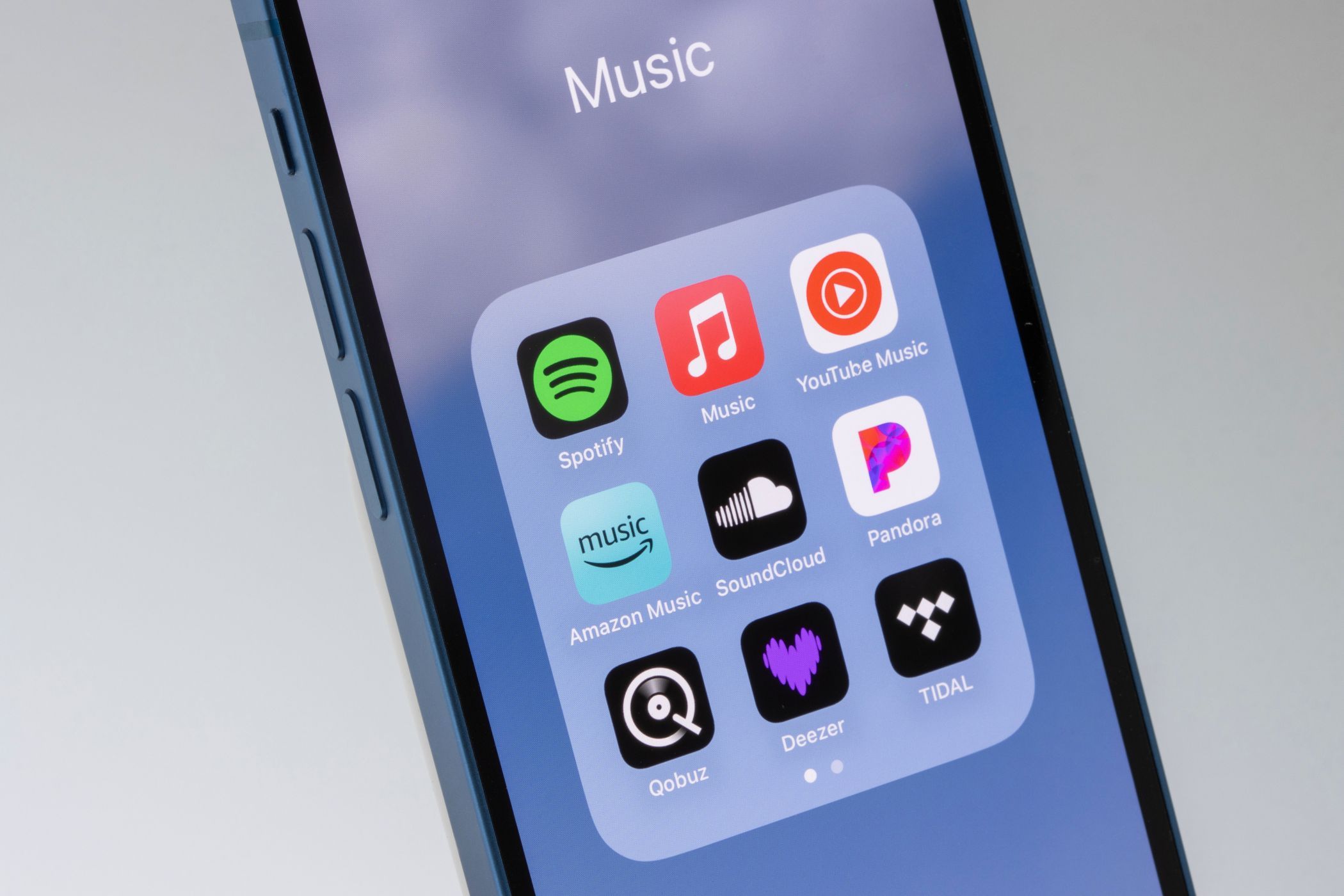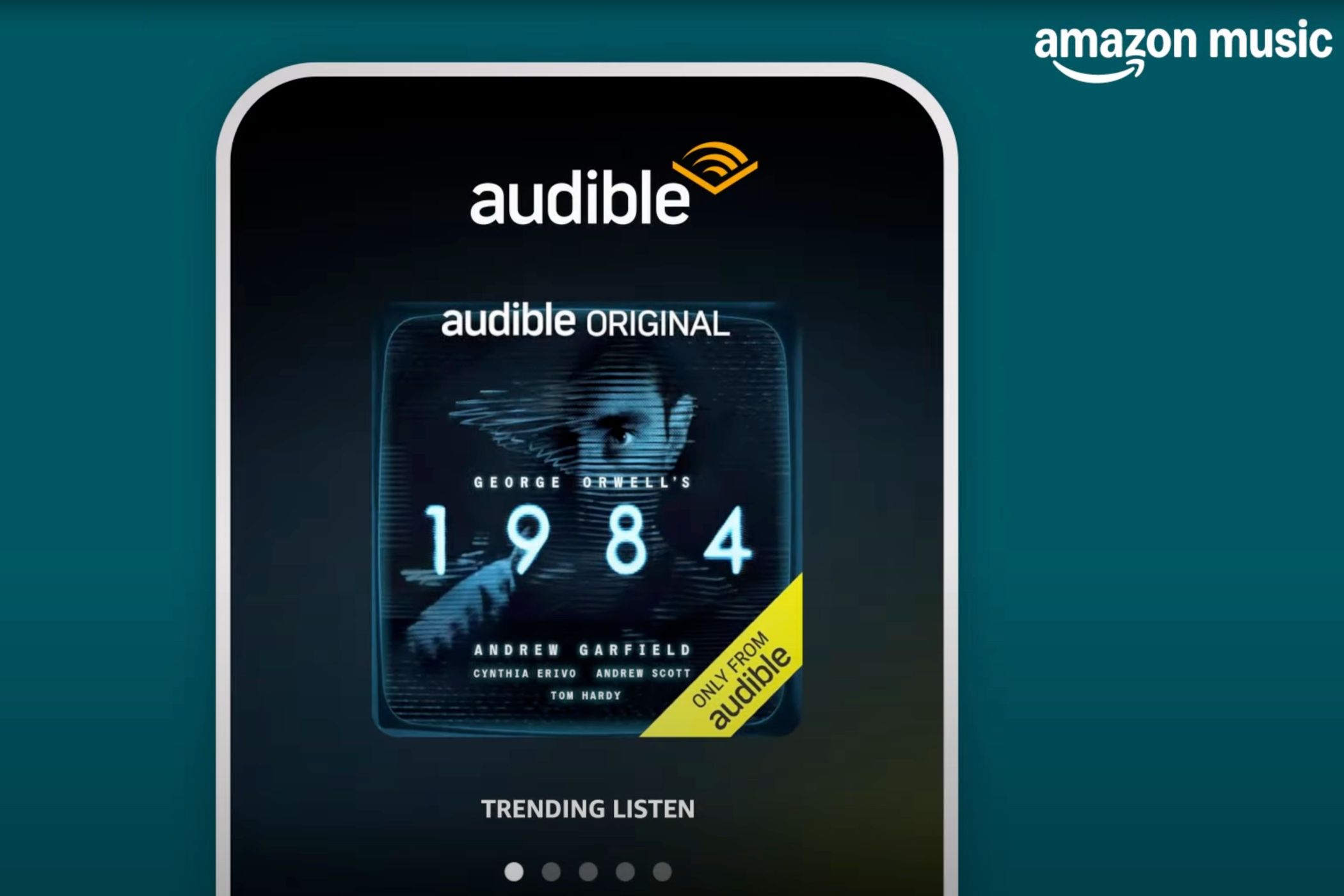Quick Links
-
Screen Size and Dimensions
Key Takeaways
- Select screen size based on space & viewing distance for an immersive experience.
- Opt for 1080p/4K resolution; 8K may not be necessary unless you have an extra-large TV.
- Consider LED, OLED, or QLED screen types based on your needs, and alway check for HDR compatibility.
Most of the available TV options right now are all smart models. Because of this, you might be tempted to buy the cheapest unit in the appliance store (or on Amazon). However, you should know that not all smart TVs are made the same. So, these are some of the most important specs you should check before spending your hard-earned money.
1 Screen Size and Dimensions
This is often the first specification that any TV buyer looks at, and while it’s tempting to get the biggest one you can afford, we do not recommend that. You should first consider the space where you’ll place the TV—after all, you wouldn’t want to unpack your freshly bought entertainment screen only to find that it doesn’t fit in your room. So, measure the rack or stand where you’ll put it and counter-check the specifications to see if it will fit.
On the other end of the spectrum, you wouldn’t want to go too small as you’re likely making your TV setup less immersive. So, it’s best to find the sweet spot according to your available space and viewing distance. According to the Society of Motion Picture and Television Engineers, the perfect screen size is when it fills at least 30 degrees of your field of vision.
To make things easier to compute, most publications recommend multiplying your viewing distance (i.e., the distance between where you’ll place your TV and where you’ll sit) by 0.625. For example, I have a television at the foot of my bed. Since I watch and play games on the TV while leaning on my bed’s headboard, that gives me a viewing distance of about 7.5 feet or about 90 inches. If you multiply that distance by 0.625, you get 56.25 inches. This makes a 55-inch TV the nearest ideal TV size, which is what I currently have.
2 Resolution
Most TVs now start with either 1080p (for 40 inches and below) or 4K resolution. A few options offer 8K resolution, but you likely don’t need that kind of quality unless you have an extra-large TV and like being up close and personal with it.
If you can’t decide, RTINGs has published a chart that shows the optimal resolution based on your TV’s screen size and optimal viewing distance. The general rule of thumb is that you shouldn’t go below 1080p or Full HD when picking a TV. And if you’re going for screen sizes greater than 40 inches, it wouldn’t hurt to choose 4K resolution.
If money is no object, you might want to get an 8K smart TV. However, this will likely cost you, with the 75-inch Samsung Neo QLED 8K TV already coming in at almost $2,300 on Amazon. Furthermore, there isn’t much content optimized for this resolution, so you wouldn’t be able to make the most out of it just yet. Here’s our comparison between 4K and 8K TVs if you’re undecided between spending that extra money you have on the higher resolution TV or a nicer set of speakers.
3 Screen Type
Back in the day, your only option when buying a TV was a CRT. However, with the introduction of plasma and LCD TVs, consumers now have several options to choose from, and things have become confusing. Today, there are three primary screen types in TVs—LED, QLED, and OLED.
LED TVs are just LCD TVs that use LED lights instead of fluorescent for their backlight. This makes them the oldest screen type that’s widely available and also usually the cheapest option. If you’re not a visual connoisseur, an LED TV would suit most of your needs.
On the other hand, OLED TVs are known for their excellent color accuracy and inky blacks. Because of this, they’re often the most expensive TVs on the market. However, they also have one major weakness—OLED TVs aren’t that bright versus LED and QLED TVs, so you’d want to put them in a room where you can control the light levels.
QLED is a great middle ground between OLED and LED TVs. These TVs offer better brightness than OLED TVs, but they might not be as vibrant. On the other hand, they have better color quality than LED TVs but are also more expensive. This makes QLED TVs a great choice for TVs placed in areas with many windows, like your living room.
Other technologies, like QNED and QD-OLED TVs, offer the brightness of QLED TVs and the color accuracy of OLED TVs. However, these tend to be the most expensive options as they often have the best image quality that money can buy.
4 HDR Compatibility
Many movies and TV shows now support HDR, so you’d want a TV that supports it. However, you shouldn’t just get any screen that says HDR on the box, instead find one that has official logos and trademarks. For example, you can look for DisplayHDR branding, which is a certification that the VESA gives screen makers if they pass their stringent HDR guidelines.
Alternatively, you can look for standards like Dolby Vision, HDR10, or HLG, which tells you that you’re getting a TV with the right HDR treatment. You can find out more about HDR in our guide on how to choose an HDR screen.
5 Connectivity
Most smart TVs offer multiple physical ports and wireless connectivity to connect to your devices, and almost all have at least one HDMI port. However, you’d want one with at least two or three, especially if you plan to connect multiple devices, like a media PC and a gaming console. Furthermore, you should check if the TV has the proper speaker connections to use it with a soundbar or a home entertainment system with surround sound.
Aside from that, you should double-check if the smart TV you’re choosing has built-in Wi-Fi. Most brand-new models already have this feature, but it’s better to be sure, especially if you plan to use it for streaming movies and TV shows. Bluetooth connectivity would also be useful, especially if you want to connect headphones to your TV so you don’t disturb the people around you while watching your favorite show.
6 Refresh Rate
The refresh rate tells you how often your TV shows a new image on the screen every second. Most smart TVs now offer at least 60 frames per second (FPS), but if you plan to play games on it, you’d want one with at least 120 FPS.
Higher FPS numbers reduce blur on the screen. This will make action scenes and sporting events clearer. Furthermore, a higher FPS rating will make gaming feel smoother and might even give you an advantage in competitive online gaming.
7 Operating System
Smart TVs are computers in their own right. So, these devices require an operating system—just like how computers require Windows or macOS. If you’re mostly an Android user, you’d want a smart TV that runs Google TV, as it will provide you with the most seamless experience.
However, other popular brands also have their own operating systems. For example, LG uses WebOS, Samsung has TizenOS, Amazon offers Fire TV, and Roku gives you Roku TV. Each of these operating systems has its own pros and cons, so you should check out our smart TV OS comparison to find which one best suits you.
These are the specifications that matter when it comes to smart TVs. So, if you’re in the market, be sure to check the box or product details so that you know what that particular TV offers.

